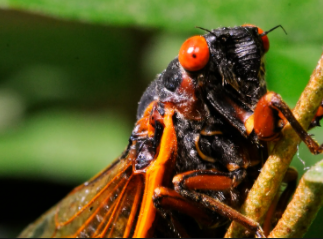Brood X’s Contribution To the Environment

April 22, 2021
You may have heard about them: the earsplitting creatures expected to emerge soon known as cicadas. They’ve been burrowed underground for seventeen years and are ready to see the surface. You may be wondering why they have to emerge now, and what they’re doing on the surface. Well, these male cicadas are looking for a female mate, hence the obnoxious calls they produce. There isn’t an exact pinpointed date of when they will emerge, but scientists expect their return in the next couple of weeks. Like most creatures in nature, these little pests do serve a purpose to the environment. When cicadas die in large numbers, their dead bodies are left behind. Their bodies contain nitrogen, which is essential for tree growth. A cicadas’ diet consists of tree sap, so they prune mature trees by eating. They can also contribute to aerating the soil, which makes it easier for plants to successfully grow. Although it can be tempting, there really isn’t a reason to kill these bugs. They are completely harmless to humans, and they only stick around for a few weeks. Cicadas are also food for predators like frogs, toads, birds, squirrels, etc. So they keep the food chain balanced. Fungi also digest the remains of cicadas, which promotes their growth. Cicadas’ bodies can be similar to fertilizer for many plants and trees. Although their deafening calls and abundance can be irritating, these insects do contribute to keeping our planet healthy.













